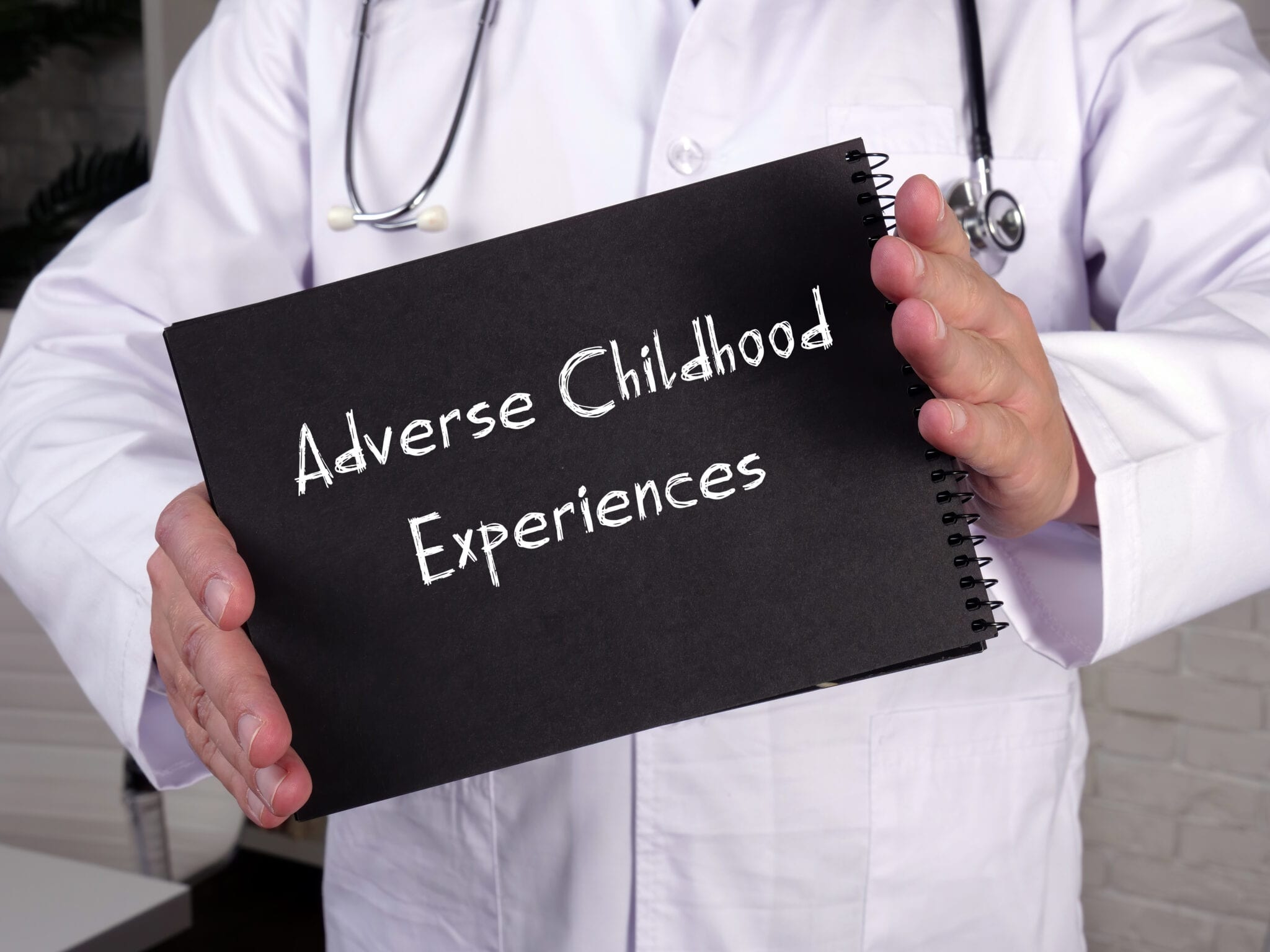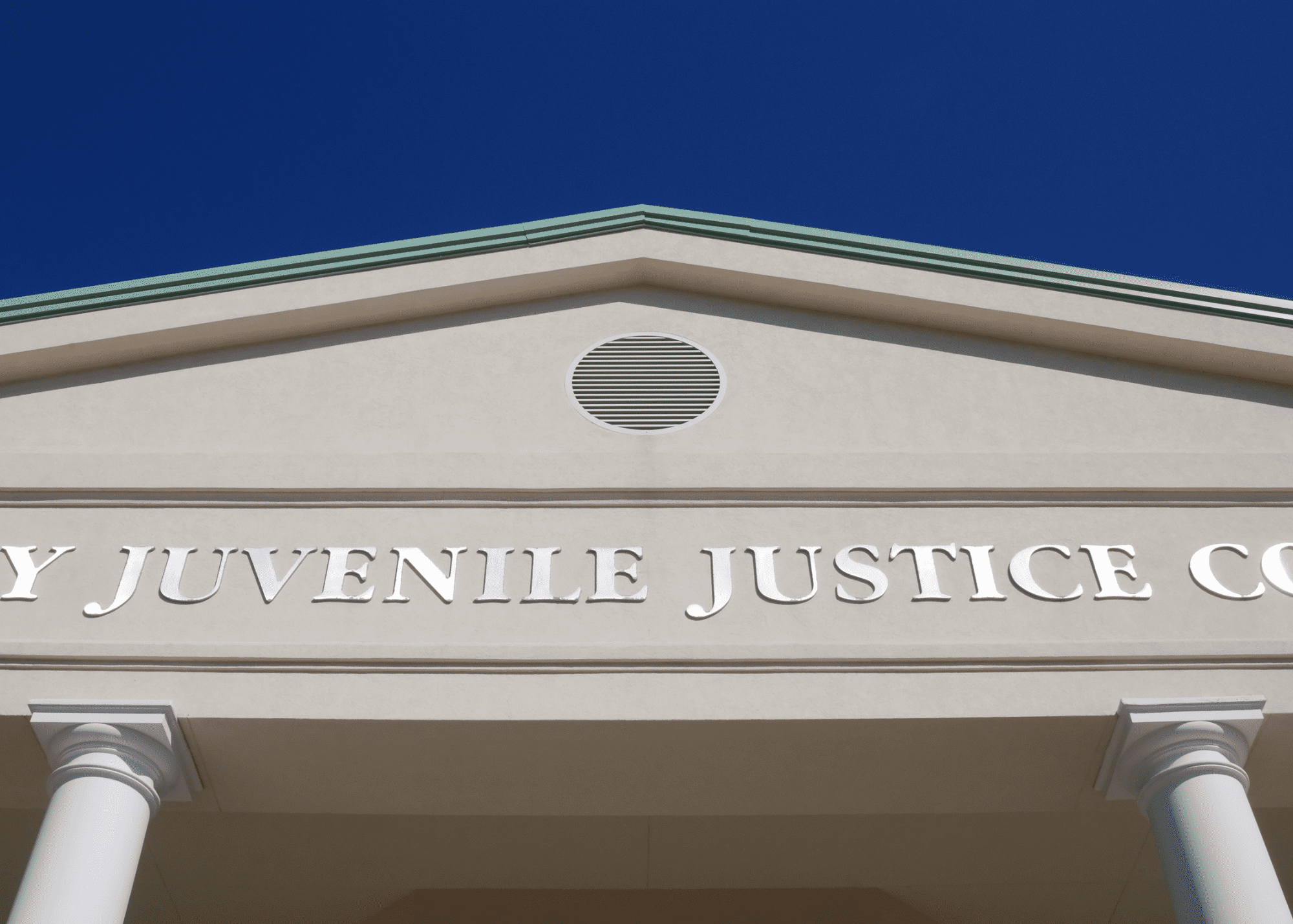
Adverse Childhood Experiences, known as ACEs, was a term that originated in a groundbreaking study (known as the ACE study) in 1995 by the Centers for Disease Control (CDC) and Kaiser Permanente, a health care organization in California. It is one of the largest investigations of childhood abuse and neglect, and how it affects later-life health and wellbeing (CDC.gov, 2021). ACEs are potentially traumatic events that occur in a child’s life, from ages 0 to 17 years (Felitti, et al, 1998).
ACEs refer to the following 10 childhood experiences that have been identified as risk factors for chronic disease in adulthood: emotional abuse, physical abuse, sexual abuse, emotional neglect, physical neglect, violent treatment towards mother, household substance abuse, household mental illness, parental separation or divorce, and having an incarcerated household member (Stevens, 2012).
ACEs and the juvenile justice system have been undoubtedly linked. In a study looking at the prevalence of ACEs in the lives of juvenile offenders, 97% of the juveniles reported having at least one ACE (Baglivio et. al., 2014). Prior research on adverse experiences, traumatic events, and mental health issues of children involved in the juvenile justice system revealed higher rates of adversity and trauma for these children compared to children in the general population (Dierkhising et al., 2013). Experiencing childhood physical abuse and other forms of maltreatment leads to higher rates of offending (Teague, Mazerolle, Legosz, & Sanderson, 2008).
When a child enters the juvenile justice system, the child’s developmental status is relevant to the adjudication process because a just and fair hearing requires the juvenile’s competent participation in his or her defense (Steinberg, 2008). Mental health professionals, policymakers, practitioners, and attorneys need to be familiar with developmental changes and traumatic events that occur during the childhood of juveniles in the criminal justice system (Steinberg, 2008). Being familiar with the developmental history and childhood experiences of juveniles in the system help professionals make well-informed opinions and decisions about the juveniles’ competence, culpability, and likely response to treatment (Steinberg, 2008).
Our practice specializes in juvenile delinquency and youthful offender evaluations that include a review of ACES and how their impact on the youth’s brain development and behavior. Have questions? Click here to book a consultation with one of our forensic psychologists.
References
Centers for Disease Control and Prevention. (2021). About the CDC-Kaiser ACE Study. Centers for Disease Control and Prevention. https://www.cdc.gov/violenceprevention/aces/about.html.
Dierkhising, C. B., Ko, S. J., Woods-Jaeger, B., Briggs, E. C., Lee, R., & Pynoos, R. S. (2013). Trauma histories among justice-involved youth: Findings from the National Child Traumatic Stress Network. European Journal of Psychotraumatology, 4:2013. http://dx.doi.org/10.3402/ejpt.v4i0.20274.
Felitti, V. J., Anda, R. F., Nordenberg, D., Williamson, D. F., Spitz, A. M., Edwards, V., . . . Marks, J. S. (1998). Relationship of childhood abuse and household dysfunction to many of the leading causes of death in adults: The Adverse Childhood Experiences (ACE) Study. American Journal of Preventive Medicine, 14(4), 245–258.
Steinberg, L (2008). Adolescent development and juvenile justice. Annual Review Clinical Psychology. 16(3).
Stevens, J. (2012). The Adverse Childhood Experiences Study—the largest, most important public health study you never heard of—began in an obesity clinic. Retrieved from https://acestoohigh.com/2012/10/03/the-adverse-childhood-experiences-study-the-largest-most-important-public-health-study-you-never-heard-of-began-in-an-obesity-clinic/
Teague, R., Mazerolle, P., Legosz, M., & Sanderson, J. (2008). Linking childhood exposure to physical abuse and adult offending: Examining mediating factors and gendered relationships. Justice Quarterly, 25, 313–348.







